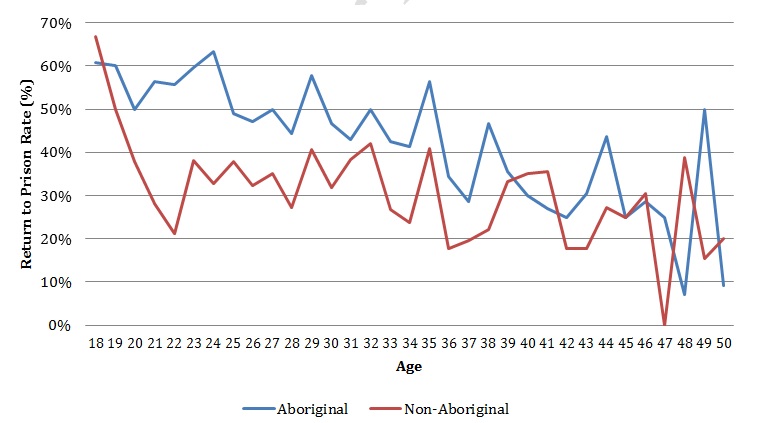The younger an offender, the more likely they are to return to prison. As they get older, the influence of education and training on reoffending declines, and with each additional admission into prison, the likelihood of returning increases. Therefore the potential to break the cycle of reoffending before it becomes entrenched is highest for young people. Yet they are underrepresented in accessing corrections opportunities to reduce reoffending.
There are undoubtedly some uncontrollable factors contributing to the higher recidivism rate of young people. The still maturing brain of a young person results in poorer impulse control, riskier decision making processes, and a heightened sensitivity to social pressures. The 18-24 age group had the highest rate of reoffending, with 60 per cent of 18 and 19 year olds returning to prison. If recidivism was measured as a prisoner returning to corrections generally rather than returning to prison, the 18-19 year old recidivism rate approached 90 per cent. These findings reflect previous research which has found that offending peaks in late adolescence.
